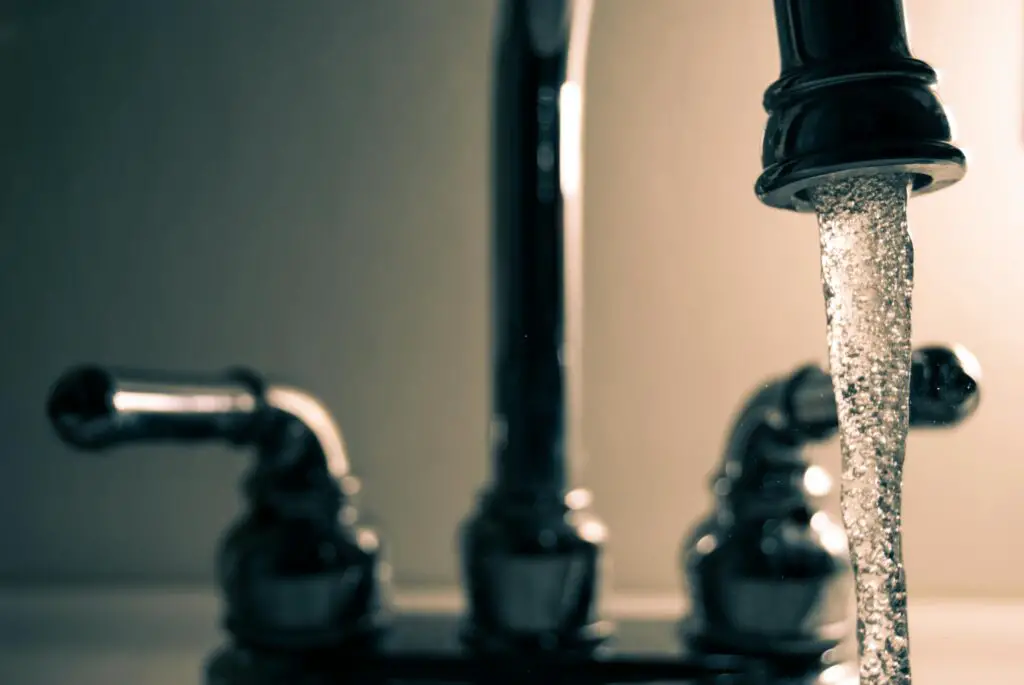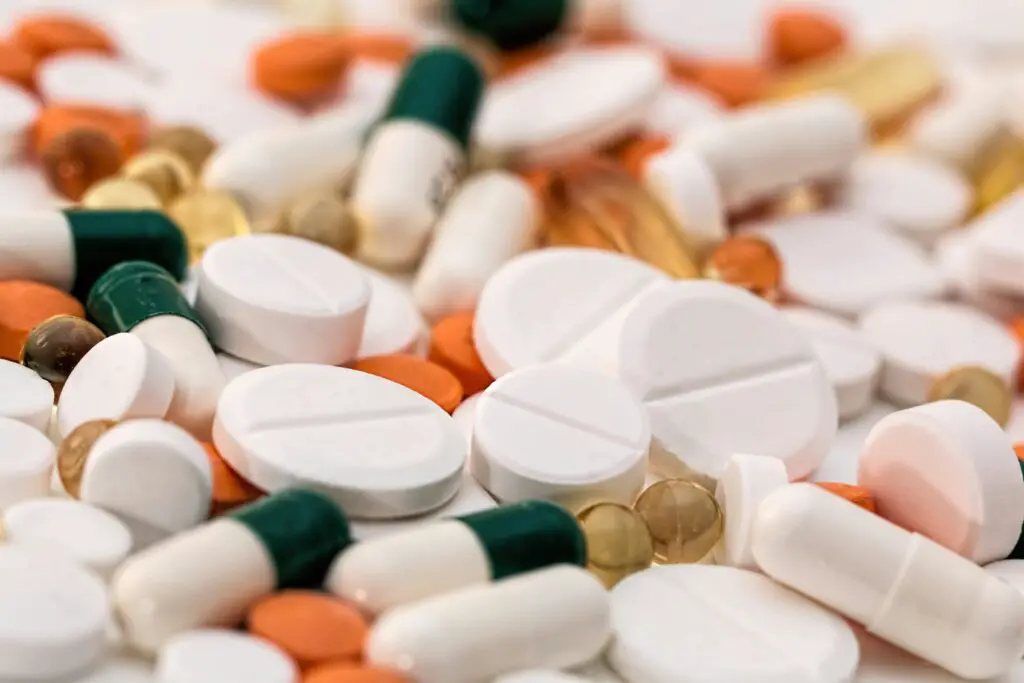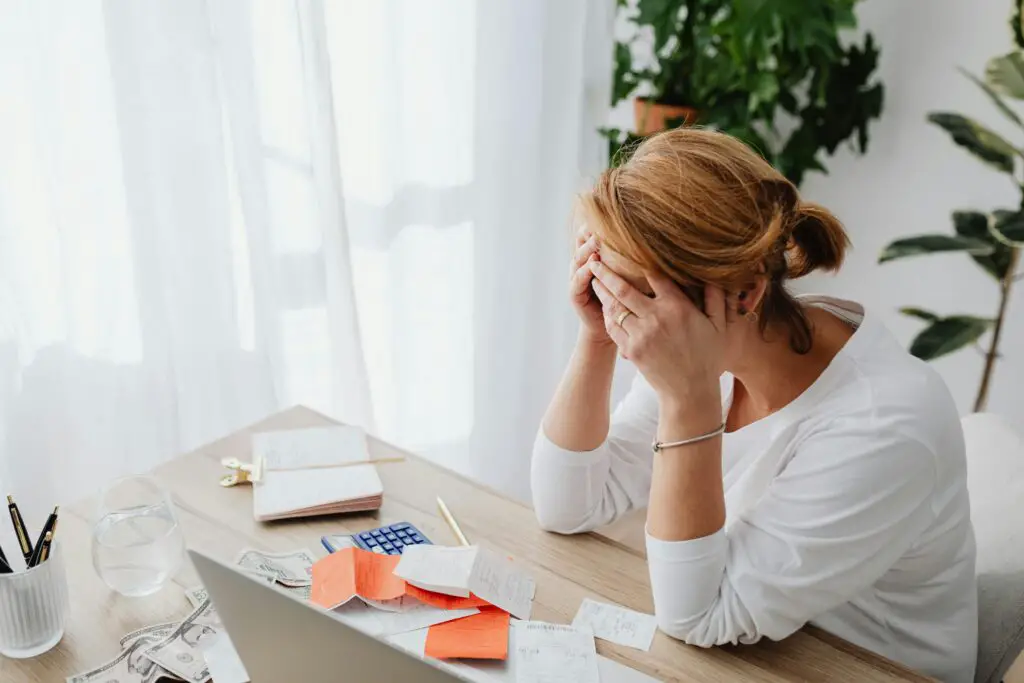1. Toxic Chemicals in Everyday Products

You’ve probably used a lot of cleaning supplies around the house, but did you know many of them could be dangerous? Common items like disinfectants, air fresheners, and even certain plastics are often filled with chemicals that have been linked to health issues like respiratory problems, skin irritations, and even cancer. While your textbook might have mentioned the dangers of smoking or pollution, it likely skipped over the harmful substances hiding in your own home shares Washington State.
The scariest part? These chemicals can often go unnoticed. Many cleaning supplies are marketed as “safe” or “natural,” which can lull you into a false sense of security. But checking labels and choosing eco-friendly or DIY alternatives can go a long way in protecting yourself and your family from hidden household hazards.
2. The Silent Risks of Technology

You’ve been told about the dangers of too much screen time, but the risks of technology go beyond just eye strain. EMF radiation, emitted by smartphones, laptops, and Wi-Fi routers, is an emerging concern for many health experts. While the research is still ongoing, studies have suggested that long-term exposure could lead to issues with sleep, headaches, and even an increased risk of cancer says Health.com.
It’s easy to overlook, especially since we’re so connected to our devices. But there are things you can do to mitigate potential harm—using speakerphone, limiting screen time, and keeping devices at a distance are simple steps to protect yourself. A little awareness about these invisible risks can make a big difference in your overall health.
3. The Deceptive Danger of Fast Fashion

When it comes to the fashion industry, you’ve probably heard about the environmental impact. But did you know that fast fashion also poses health risks to those who wear it? The chemicals used in the production of synthetic fibers, such as formaldehyde, can cause skin rashes, allergies, and even long-term health issues. You might be wearing a bargain item that comes with more than just a low price tag says BBC.
Beyond personal health, the factory conditions under which these clothes are made are often dangerous. Labor rights violations, unsafe work environments, and exposure to harmful dyes are common in the fast fashion industry. Wearing cheap clothes might save you a few bucks, but at what cost? adds CBS News.
4. Hidden Dangers of Processed Foods

We’re all familiar with the effects of eating too much junk food, but the risks of processed foods go much deeper. Many processed snacks, meats, and ready-to-eat meals are loaded with preservatives, additives, and artificial sweeteners that could have long-term effects on your health. These chemicals are often linked to hormonal imbalances, weight gain, and even mood disorders.
What textbooks often don’t cover is the way these processed foods affect your gut microbiome. Studies have shown that an over-reliance on ultra-processed foods can disrupt the balance of healthy bacteria in your digestive system, which can lead to everything from digestive issues to autoimmune diseases. The real dangers are hidden behind labels that promise “easy” but not necessarily healthy meals.
5. Unseen Risks of Household Mold

Mold is something you’ve likely learned to avoid, but what if your textbook didn’t tell you about the real dangers it can pose? Mold can release toxic spores into the air, and long-term exposure can lead to respiratory problems, allergies, and even neurological symptoms. Many homes and buildings have hidden mold growth in places you can’t see, like behind walls or under floors.
It’s not just about keeping your home dry, though. Poor ventilation and certain construction materials can create the perfect breeding ground for mold, making it nearly impossible to avoid. Addressing mold promptly with professional help is the best way to ensure your health isn’t compromised, especially since it can worsen over time if left unchecked.
6. Risks Lurking in Your Water Supply

Water is essential for life, but it’s also easy to take it for granted. Did you know that some common contaminants, like lead, chlorine, and fluoride, can have hidden effects on your health? Lead exposure, for example, can damage your nervous system, while excessive chlorine in drinking water can irritate your skin and eyes.
Your textbook probably told you that water is essential for good health, but it likely didn’t mention the hidden dangers lurking in the pipes. Not all tap water is created equal, and sometimes what’s in it might not be immediately noticeable. Testing your water regularly and using filtration systems can make sure you’re drinking the healthiest water possible.
7. The Dangers of Everyday Pesticides

We all want our homes and gardens to be pest-free, but pesticides can come with hidden risks. You’ve probably sprayed your yard or used products to eliminate insects indoors, but these chemicals can be harmful to both humans and animals. Pesticides have been linked to a variety of health issues, including headaches, nausea, and in severe cases, neurological damage.
It’s not just about the immediate effects either; long-term exposure can increase the risk of cancer and other chronic conditions. Many of these products are often marketed as safe, but the reality is, their ingredients can pose significant risks to both your health and the environment. Using natural alternatives can reduce the exposure you and your family face from these dangerous chemicals.
8. The Hidden Threats of Air Pollution

You’ve probably heard of air pollution in cities, but did you know it can also be a problem inside your own home? Indoor air quality is often overlooked, but poor ventilation and the use of certain products can lead to a buildup of harmful pollutants. These can come from things like paint fumes, cleaning products, or even furniture treated with chemicals.
What’s even more alarming is how long we’re exposed to these indoor pollutants. While outdoor air quality gets plenty of attention, indoor air can be just as dangerous, especially since we spend so much time inside. Ventilating your home and choosing low-VOC (volatile organic compound) products can make a huge difference in reducing your exposure to these hidden threats.
9. The Danger of Overusing Antibiotics

Antibiotics are lifesavers, no doubt. But textbooks often fail to mention the dangers of overusing them, which can lead to antibiotic resistance. When antibiotics are overprescribed or misused, bacteria can adapt and become resistant to treatment, making once-treatable infections much harder to manage.
Not only that, but misuse of antibiotics can also disrupt your gut microbiome, which has far-reaching effects on your overall health. It’s important to follow your doctor’s recommendations carefully and only take antibiotics when absolutely necessary to avoid contributing to this growing problem.
10. The Risk of Overexposure to the Sun

Sunscreen is often marketed as the ultimate defense against skin cancer, but have you ever been warned about the dangers of overexposure to sunlight in your textbooks? Prolonged exposure to ultraviolet (UV) rays, especially during peak hours, can lead to skin damage, premature aging, and an increased risk of skin cancer. Most people think they’re safe once they’ve applied sunscreen, but the truth is, the sun’s damage can accumulate over time.
Even if you’re not getting sunburned, your skin could still be absorbing harmful UV rays. Overexposure can lead to DNA damage in skin cells, which is why it’s important to reapply sunscreen regularly and seek shade when possible. Protecting your skin from the sun isn’t just about looking good—it’s about long-term health.
11. The Hidden Dangers of Consumer Debt

Your textbooks might have discussed the financial risks of credit cards, but they likely didn’t cover the hidden dangers of consumer debt. High-interest rates on credit cards and loans can lead to a cycle of debt that’s hard to escape from. Not only does this affect your wallet, but the stress of being in debt can lead to anxiety, depression, and even physical health problems.
What’s more, the accumulation of debt can impact your overall financial health, leading to poor credit scores and making it difficult to secure loans for important purchases like a house or car. Staying on top of your finances and understanding the true cost of borrowing can help you avoid falling into these traps.
12. The Perils of Social Media Addiction

Social media is a part of most of our daily lives, but textbooks often fail to mention the psychological and emotional toll it can take. Spending hours scrolling through curated feeds can contribute to feelings of inadequacy, depression, and loneliness. Even worse, it can create a cycle of addiction that’s hard to break, leaving you feeling anxious when you’re not connected.
What’s even more concerning is how social media affects sleep. The constant stimulation from screens and notifications can interfere with your ability to wind down and get a good night’s sleep. It’s important to set boundaries with social media to ensure it doesn’t take a toll on your mental and physical health.
